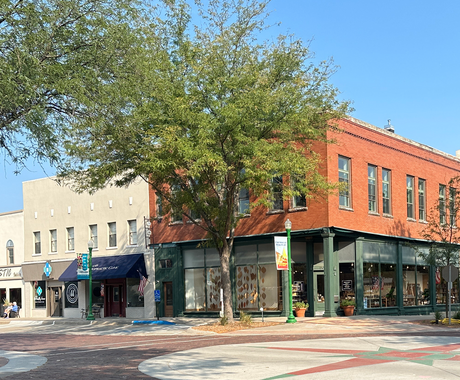By Cody Smith, former staff member
Renewable energy projects are gaining momentum. Utility-scale solar and wind projects have continued to proliferate across the rural landscape as these sources of electricity have become more cost-effective than traditional fossil fuels. As projects have expanded, so too has the demand for electric transmission lines to connect these new power sources to the grid. With rural America continuing to embrace a clean energy future, opportunities are flowing into communities in the form of new jobs, tax revenue, and expanded economic development.
With widespread adoption of renewable energy projects, residents of rural communities are having frequent conversations about where to locate and how to regulate these new installations. For communities navigating the complex process of integrating these major investments into the landscape, public participation, transparency, and fact-based information is critical to ensuring balanced local regulations for wind, solar, and transmission line projects.
To assist local officials, landowners, utilities, and other stakeholders, the Center has several resources that identify best practices. This spring, we released a Clean Energy Siting Library that explores complex topics such as drafting a solar ordinance, crafting setback distances for wind turbines, and considering the combination of renewable energy and conservation.
View the library at cfra.org/cleanenergysiting.




